The Missing Link in Digital Awareness
A message from an unknown number asks for an OTP. A caller claims to be from your bank, warning that your account is at risk. A robotic voice informs you of a fake parcel that leads to “digital arrest” and demands immediate payment. Many would recognize these as scams, but not everyone.

India has made remarkable progress in digital literacy, enabling millions to access communication, banking, and commerce. However, as telecom fraud evolves, there is a growing need to enhance Telecom Literacy and develop Sanchar Sense—an instinctive awareness that enables users to detect and prevent fraud in real time.
Telecom Literacy vs. Sanchar Sense: The Difference
Telecom Literacy is the foundation as it teaches users about telecom fraud, SIM security, KYC safety, and safe mobile practices. It provides the knowledge needed to recognize risks.
Sanchar Sense is the next level—it turns awareness into instinct. It is about being able to detect fraud in real time, question suspicious calls, and make telecom security second nature. Just as digital literacy teaches how to use the internet safely, Telecom Literacy teaches the basics of telecom security. But just as cybersecurity awareness has evolved into strong cyber instincts, Telecom Literacy must evolve into Sanchar Sense—where users do not just know about telecom risks but are actively prepared to handle them.
Sanchar Sense: The Need
Sanchar Sense enhances telecom security by ensuring users actively identify and respond to potential threats.:
SIM swap fraud allows criminals to hijack phone numbers and access banking and personal accounts.
Fake KYC registrations enable fraudsters to misuse telecom networks.
International call spoofing and phishing make scam calls appear legitimate, leading to financial fraud.
Robocalls impersonate banks, police, or government officials, preying on unsuspecting victims.
Sanchar Sense is not just for consumers—businesses also face growing telecom risks. Fraudulent SIM activations and fake KYC registrations allow criminals to exploit telecom networks for illegal activities, putting companies at regulatory risk. Enterprises may unknowingly use compromised telecom services, which may lead to compliance violations and penalties. Telecom operators, on the other hand, struggle with revenue loss due to unauthorized connections, fraud management costs, and customer complaints over scam calls, affecting trust and profitability.
Bridging the Gap: AI, Volunteers, and Industry Collaboration
Recognizing the urgency, AI-driven fraud detection tools and volunteer-led initiatives have been introduced to strengthen telecom security. The Sanchar Saathi Portal enables users to verify and deactivate unauthorized SIMs, report fraud, and track telecom misuse. Sanchar Saathi has helped disconnect over 3.4 crore fraudulent mobile connections, blocked 3.19 lakh IMEIs, and blacklisted over 20,000 bulk SMS senders, strengthening India’s telecom security. However, Sanchar Sense is what ensures users actually take action and use these tools proactively.
To further deter telecom fraud, the Telecommunications Act, 2023 imposes strict penalties for violations. Fraudulent SIM activations and fake KYC registrations are punishable offences, leading to legal action and financial penalties. These measures are aimed at ensuring a secure and safe telecom ecosystem for all citizens.
Beyond technology, Sanchar Mitra, a volunteer-led movement, is educating users across India. Through interactive workshops, digital campaigns, and citizens outreach, over 250 student volunteers from 100 universities across India help individuals and businesses move from Telecom Literacy to Sanchar Sense—developing the instinct to detect telecom fraud and handle telecom interactions safely.
Making Sanchar Sense a Habit, Not Just an Initiative
Despite progress, fraudulent SIM activations and telecom misuse continue, with many users still falling victim to these scams. Sanchar Sense can achieve a greater impact with the same large-scale awareness as digital payment security campaigns. strengthening collaboration between government, telecom operators, and enterprises will help make it a nationwide movement.
Global best practices highlight the importance of proactive telecom fraud prevention. The UK’s ‘Be Scam Aware’ campaign helps consumers recognize telecom fraud. The FCC’s Consumer Awareness Program in the USA provides guidelines on preventing robocall fraud and SIM-related scams, while Australia’s Scamwatch Initiative issues real-time fraud alerts to mobile users.
India’s Sanchar Sense movement, combining AI-driven solutions with grassroots education, has the potential to set a global example for telecom security awareness. However, for this to succeed, Sanchar Sense must become an everyday habit, not just an initiative.
Building Sanchar Sense Across Industries
To embed Sanchar Sense into India’s telecom ecosystem, businesses, telecom providers, and policymakers can:
Expand Sanchar Mitra programs by involving industry leaders, telecom operators, and volunteers to build a structured literacy framework
Integrate Sanchar Sense into corporate policies to train employees on telecom fraud risks and response strategies.
Launch large-scale, multilingual awareness campaigns in partnership with telecom providers, government agencies, and industry bodies.
Enhance AI-driven fraud detection tools by integrating real-time analytics with volunteer-led fraud reporting networks.
Strengthen telecom fraud prevention through the Digital Intelligence Platform of DoT with industry-wide collaboration and real-time threat sharing
Telecom Literacy is the Start; Sanchar Sense is the Goal
As India progresses towards 5G, AI-driven telecom networks, and a digitally connected economy, Telecom Literacy is no longer enough, it must evolve into Sanchar Sense.
For business leaders, telecom operators, and policymakers, Sanchar Sense is not just an initiative—it is a necessity. By integrating it into corporate policies, consumer awareness programs, and real-time fraud prevention efforts, a secure and intelligent telecom ecosystem can be strengthened.
Ruko, Socho, Aur Action Lo—Stay vigilant and safeguard your telecom identity
By- Vineet Malik, ITS
The author is an officer of the Indian Telecommunications Service 2016 batch and is presently working as Assistant Director General in the Department of Telecommunications. He has a PG Diploma in Advertising and Integrated Communication and is CEH(EC-Council) & Comptia Pentest+, Cysa+ certified
( The views are personal and do not reflect the view of the department )

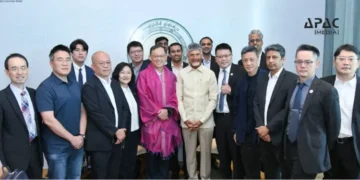


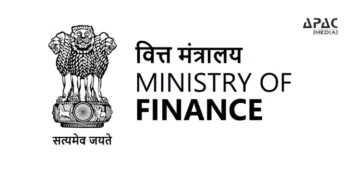



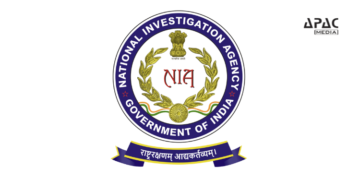







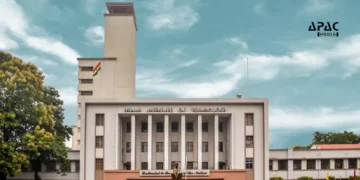
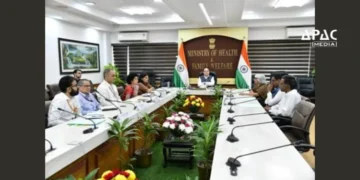









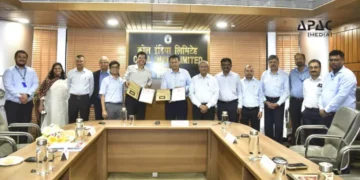
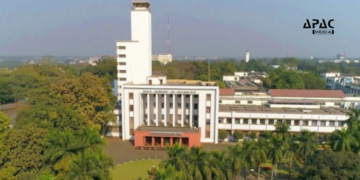
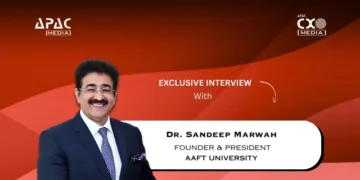
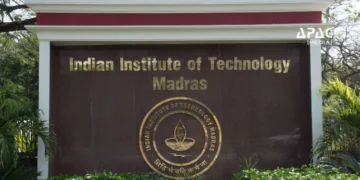

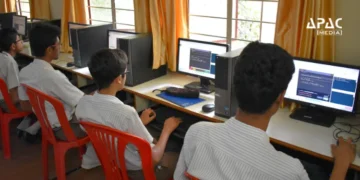







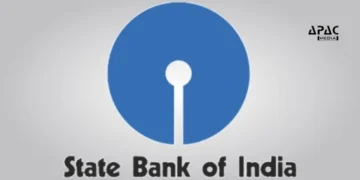


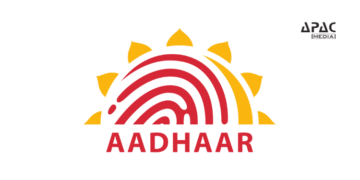
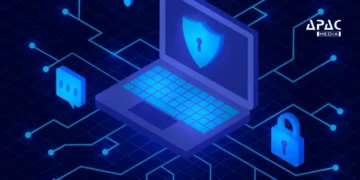



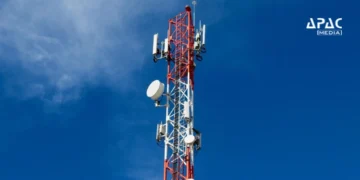



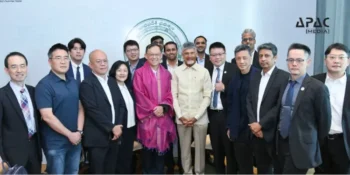


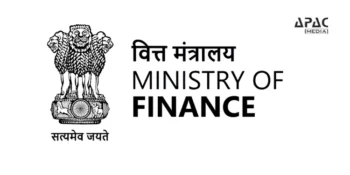









Discussion about this post